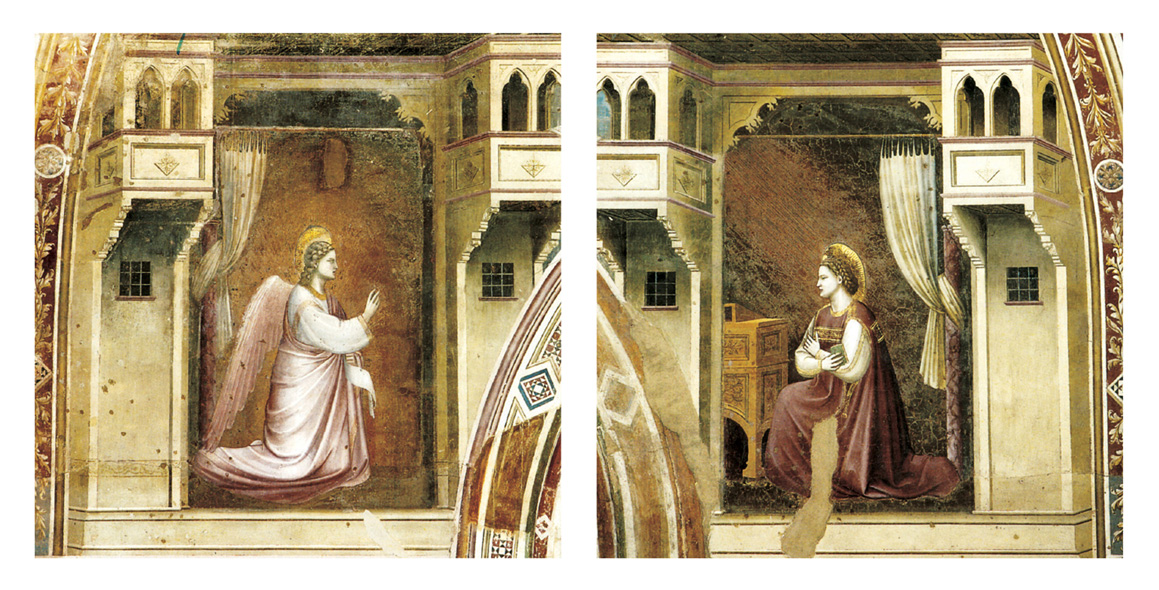the purpose aimed at by Mantegna and Pozzo was not so much “to simulate stereopsis”—the process by which we see depth—but rather to achieve “a simulation of the perceptual effect of stereoptic vision.” Far from being visual literalists, these painters were literal illusionists—their aim was to make their audiences see something that wasn’t there.
CABINET has a nice essay by Margaret Wertheim connecting Bacon to Renaissance perspective to video games, The Illusionistic Magic of Geometric Figuring. Wertheim argues that starting with Roger Bacon there was a growing interest in the psychological power of virtual representation. Artists starting with Giotto in Assisi the Mantegna and later Pozzo created ever more perspectival representations that were seen as stunning at the time. (Pozzo painted the ceiling of St. Ignatius Being Received into Heaven in Sant’Ignazio di Loyola a Campo Marzio, Rome.)
The frescos in Assisi heralded a revolution both in representation and in metaphysical leaning whose consequences for Western art, philosophy, and science can hardly be underestimated. It is here, too, that we may locate the seed of the video gaming industry. Bacon was giving voice to an emerging view that the God of Judeo-Christianity had created the world according to geometric laws and that Truth was thus to be found in geometrical representation. This Christian mathematicism would culminate in the scientific achievements of Galileo and Newton four centuries later…
Wertheim connects this to the ever more immersive graphics of the videogame industry. Sometimes I forget just how far the graphics have come from the first immersive games I played like Myst. Whatever else some games do, they are certainly visually powerful. It often seems a shame to have to go on a mission rather than just explore the world represented.
